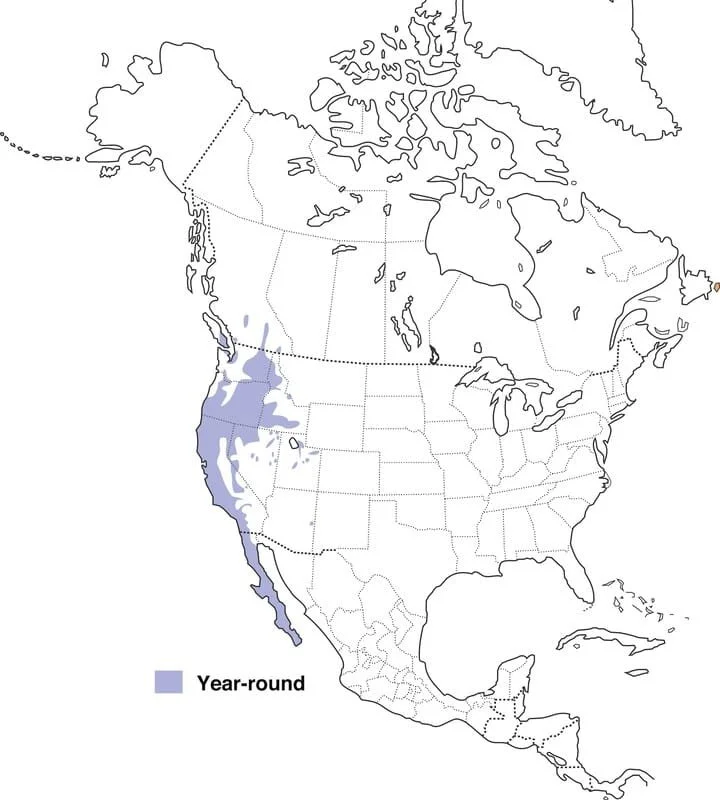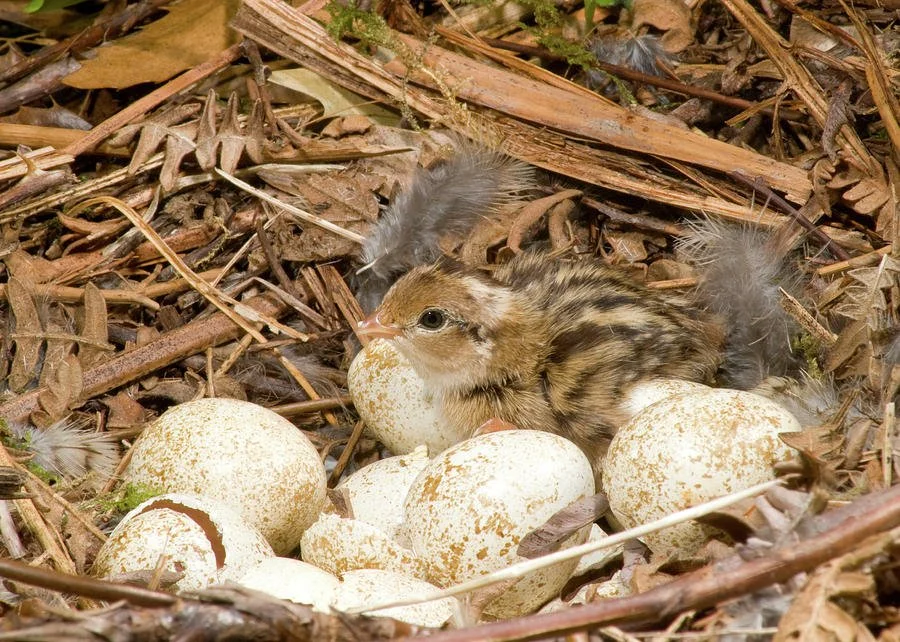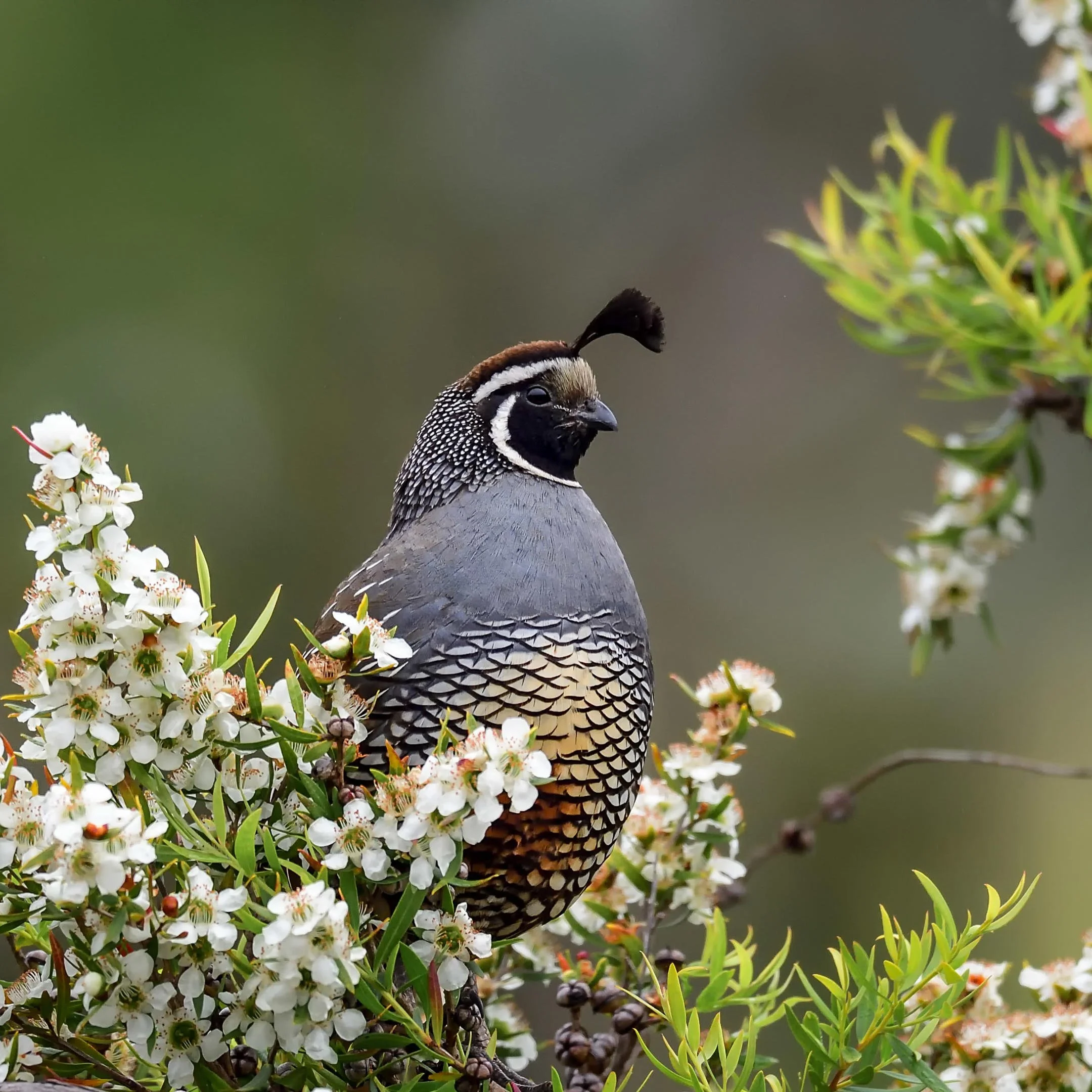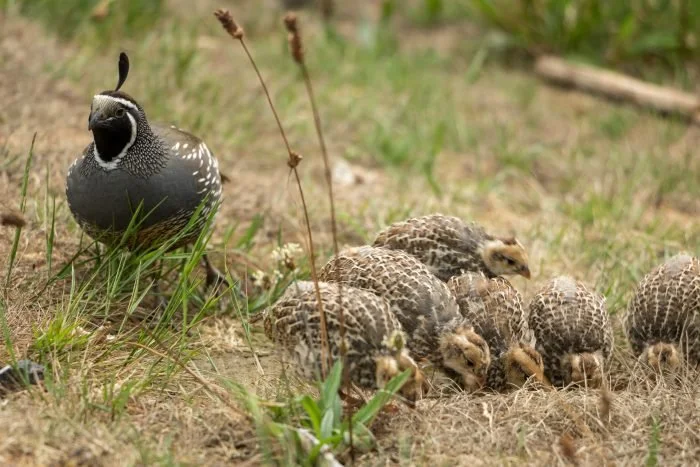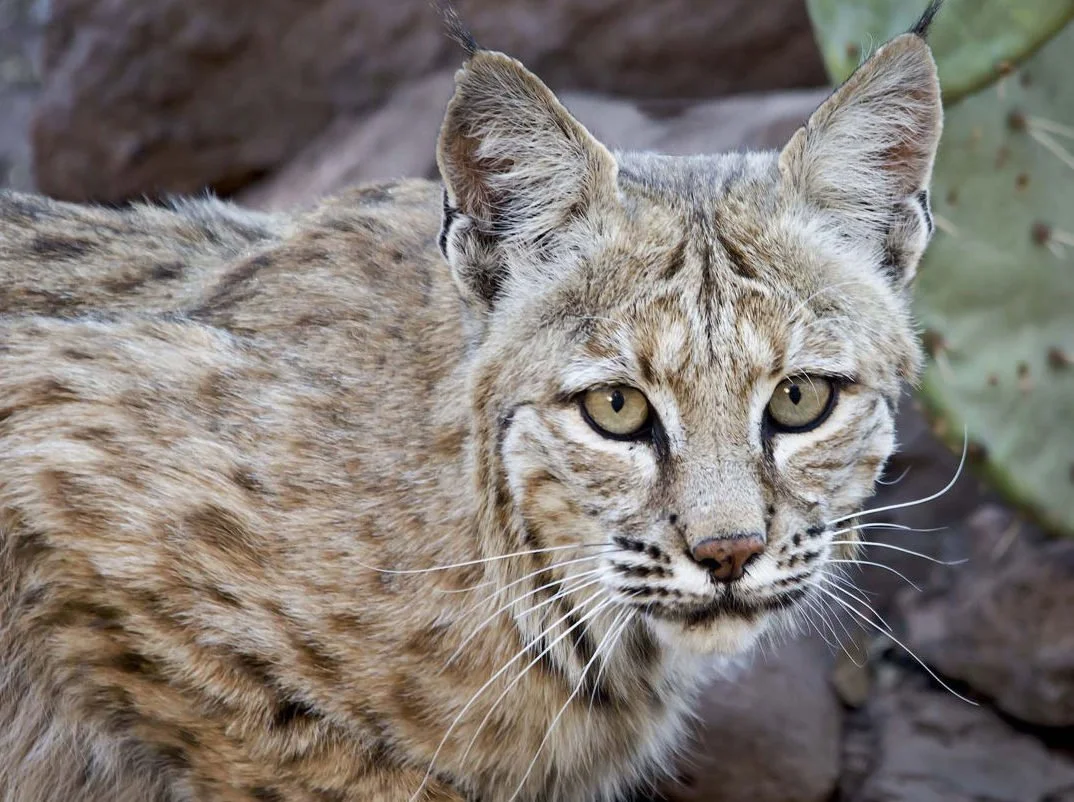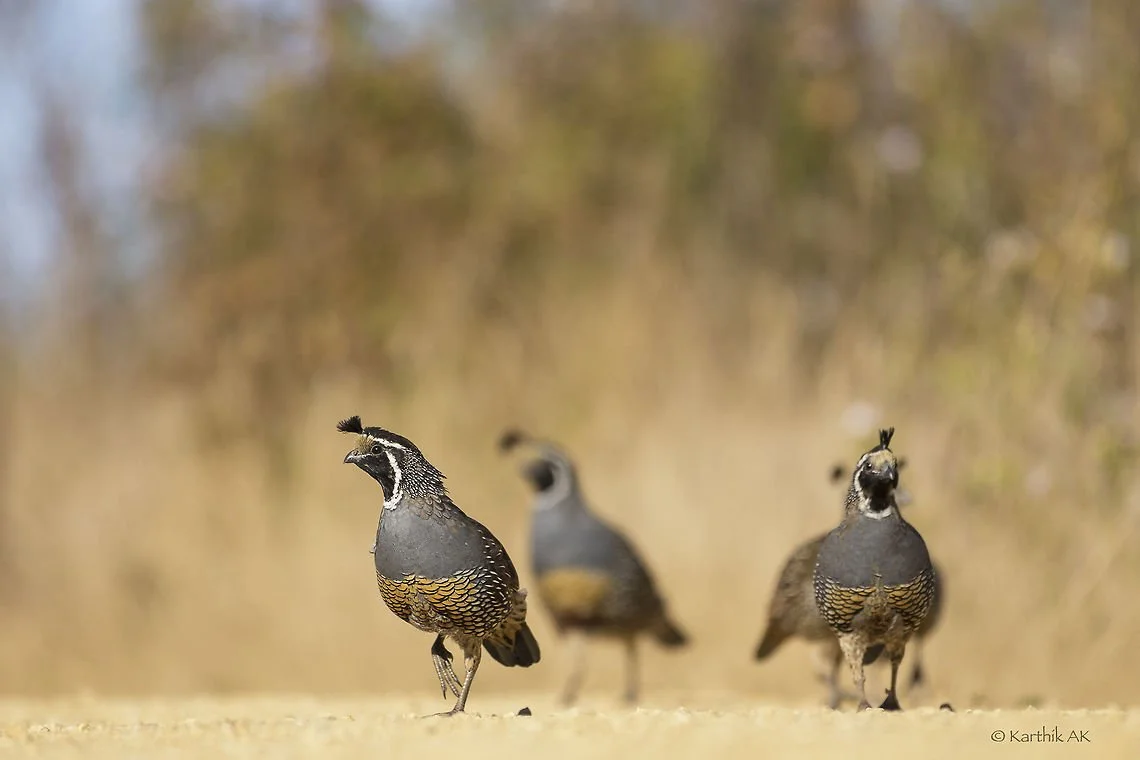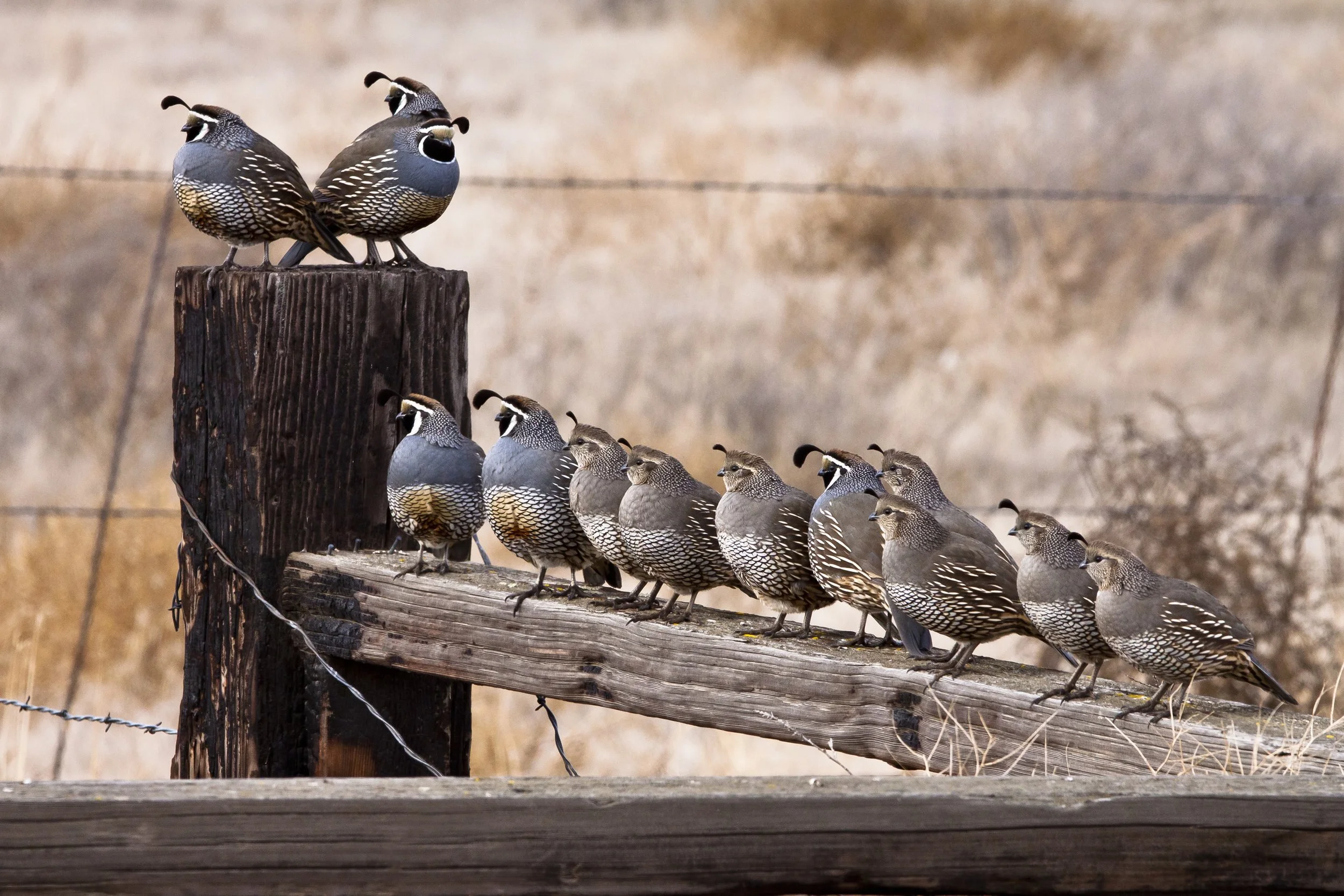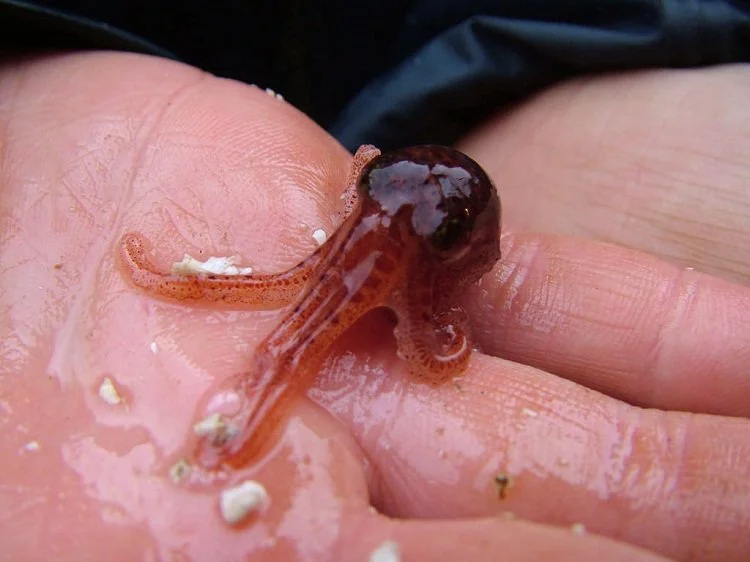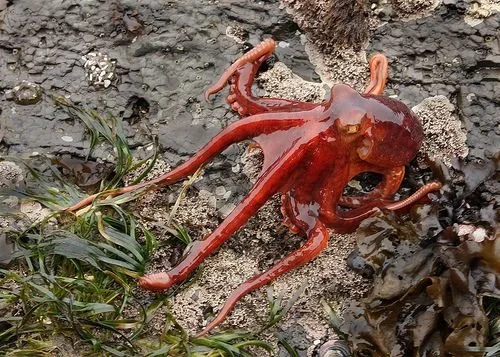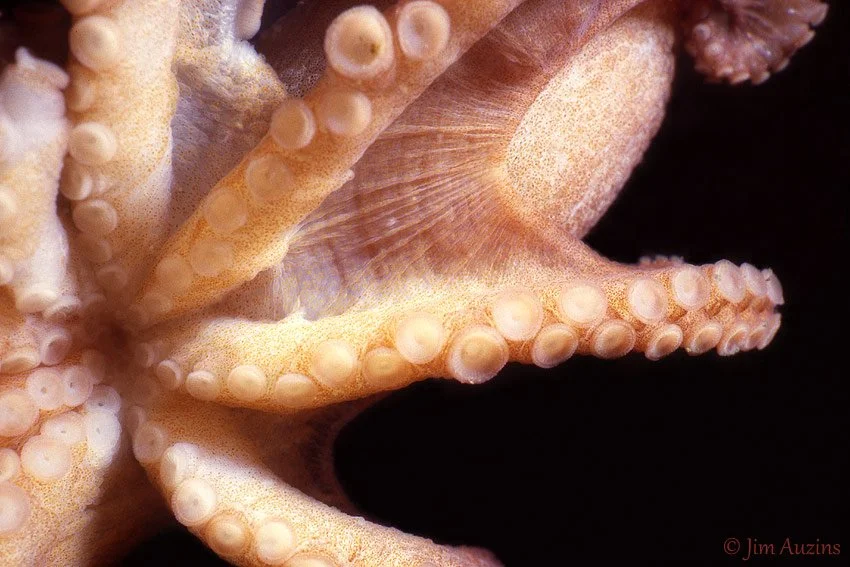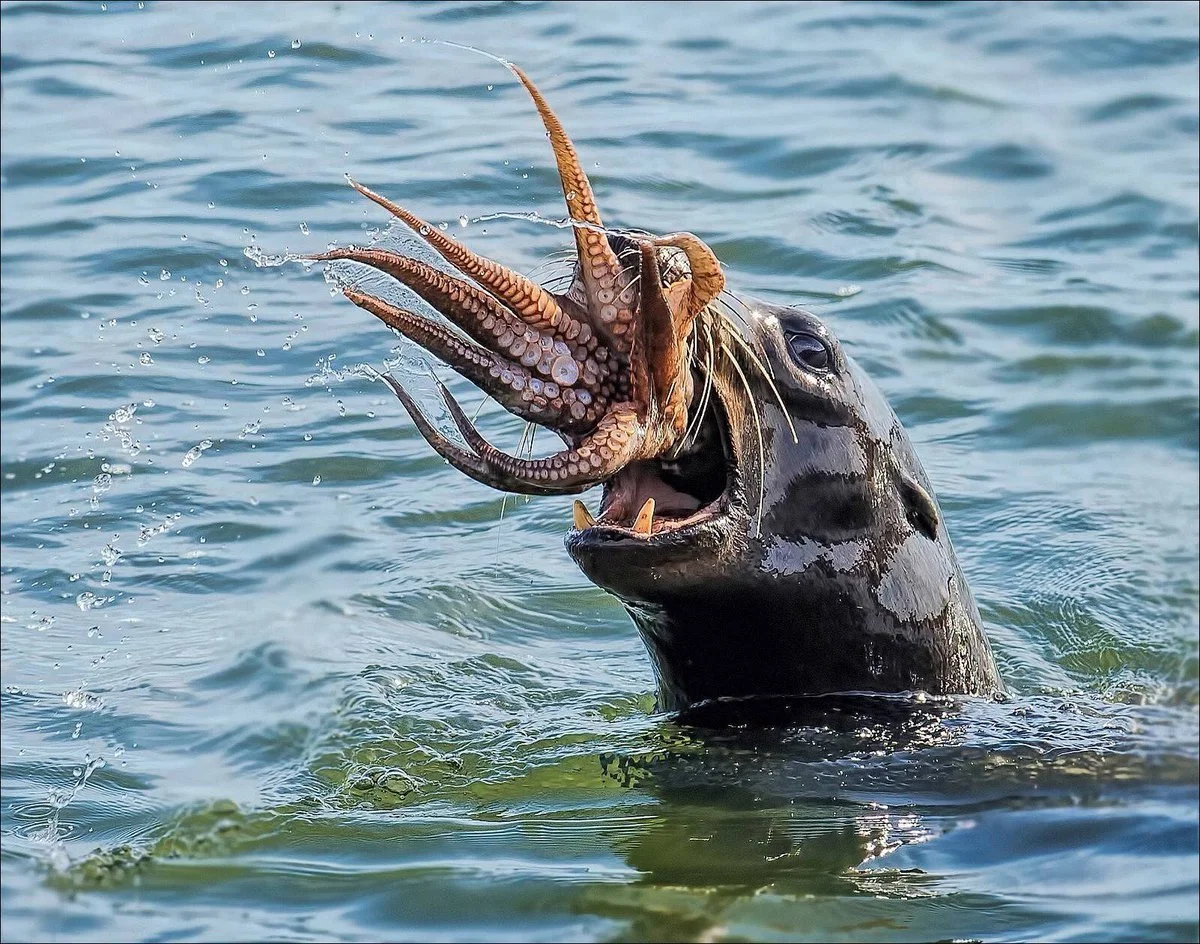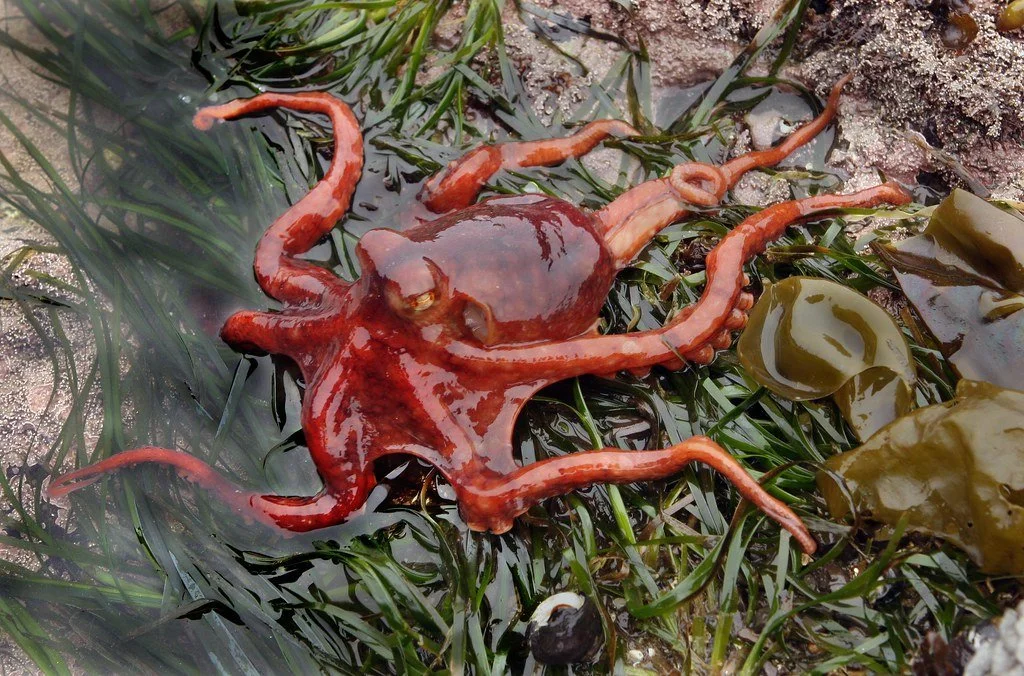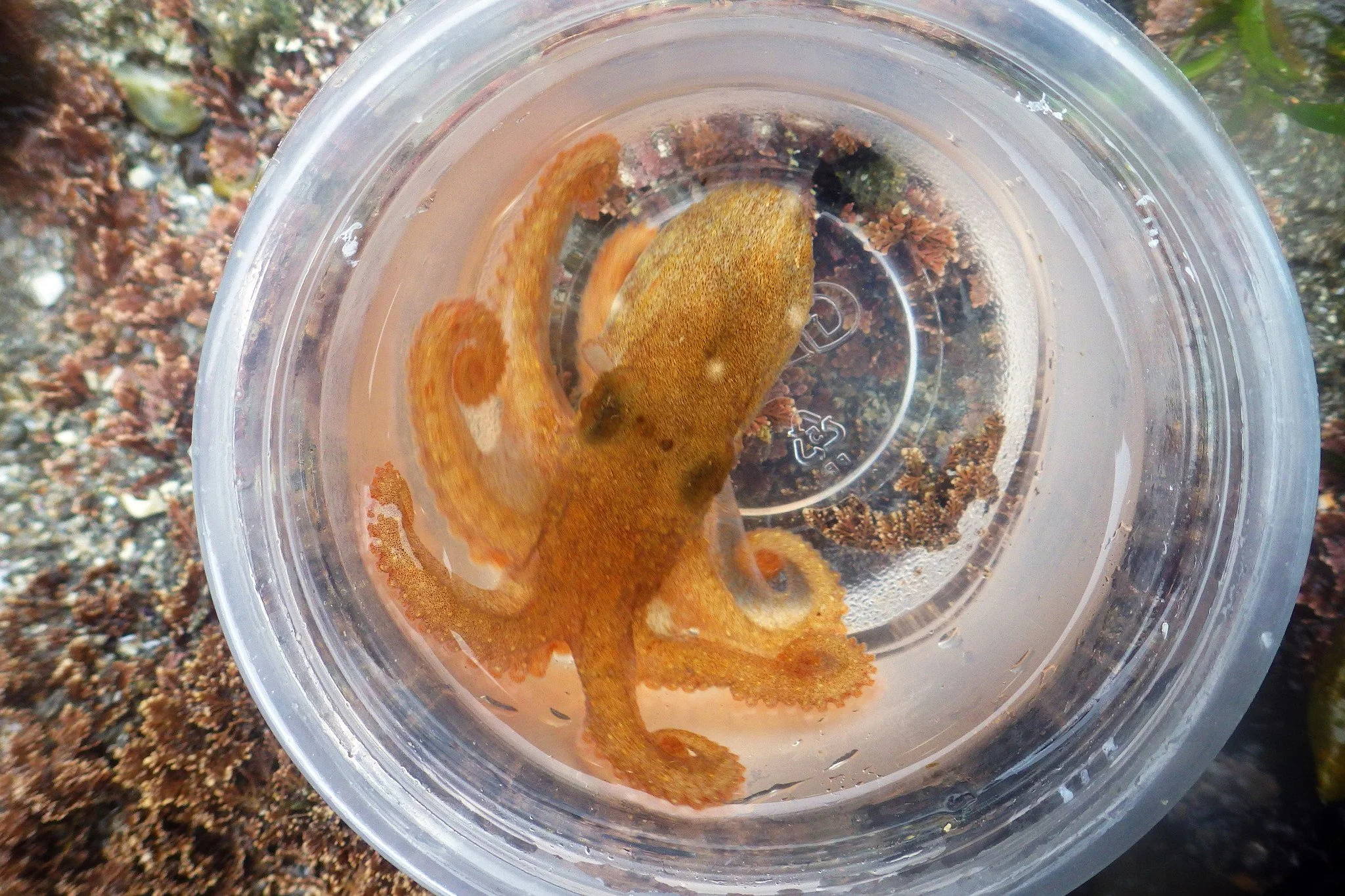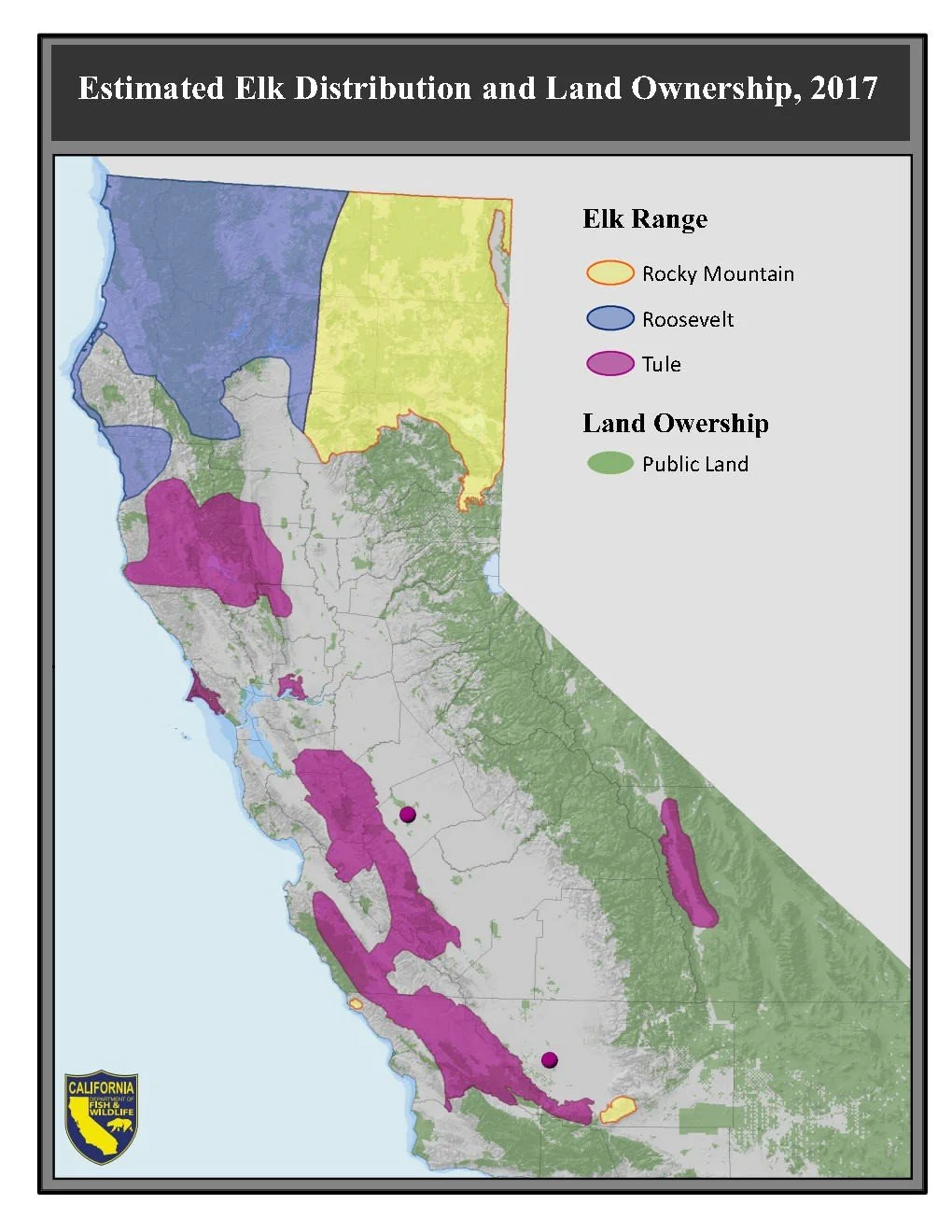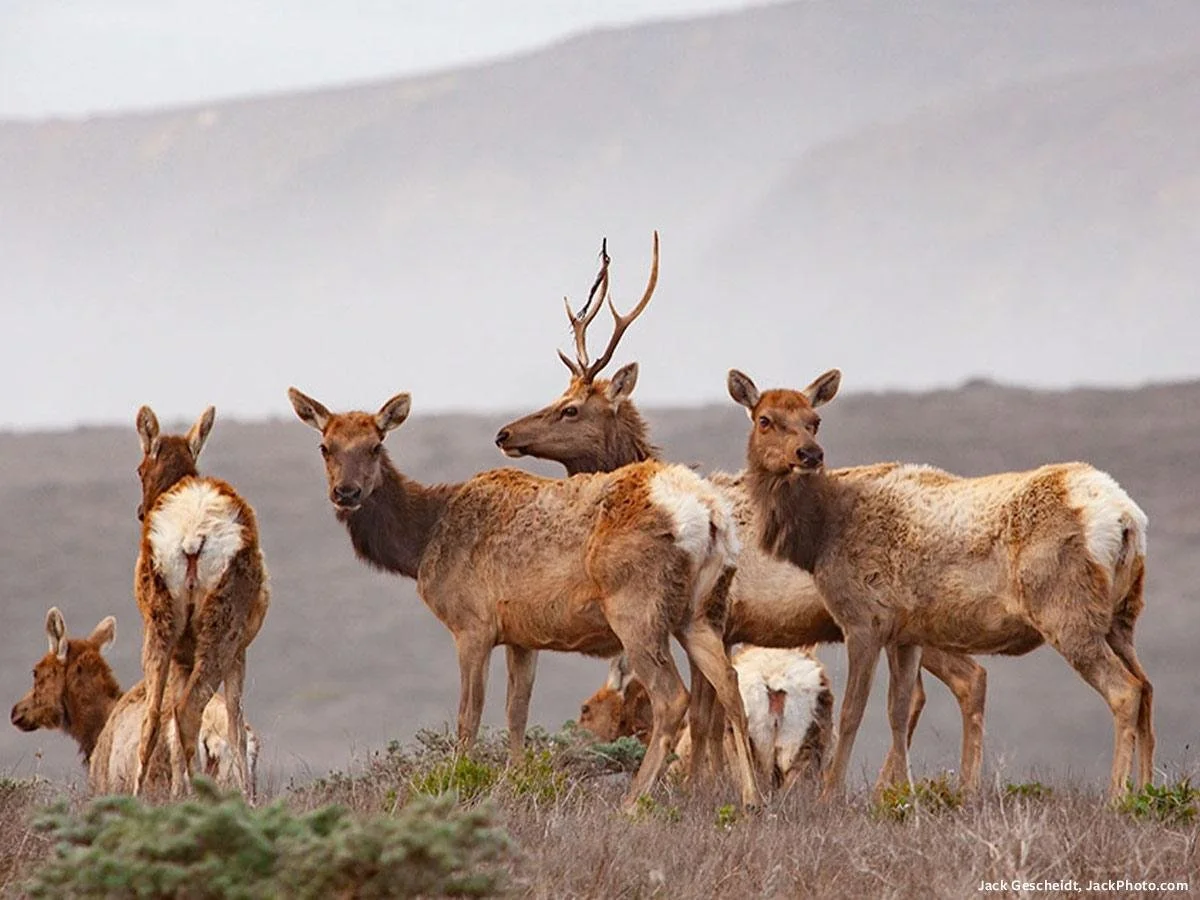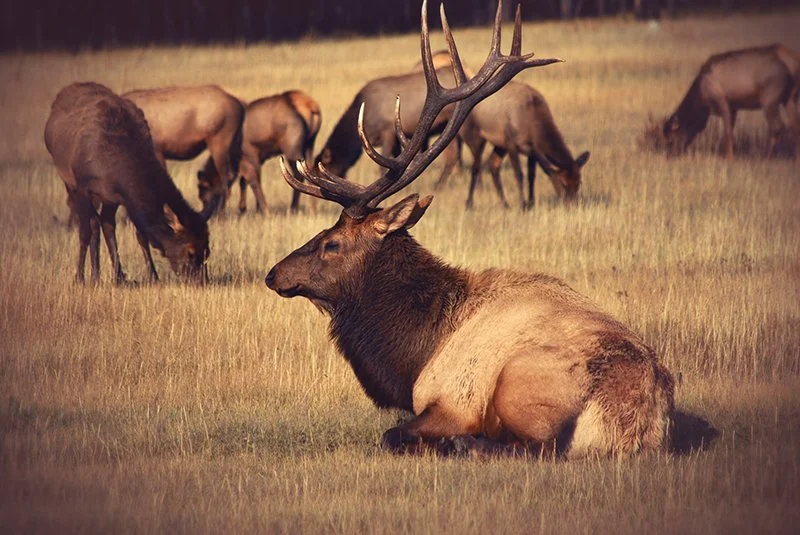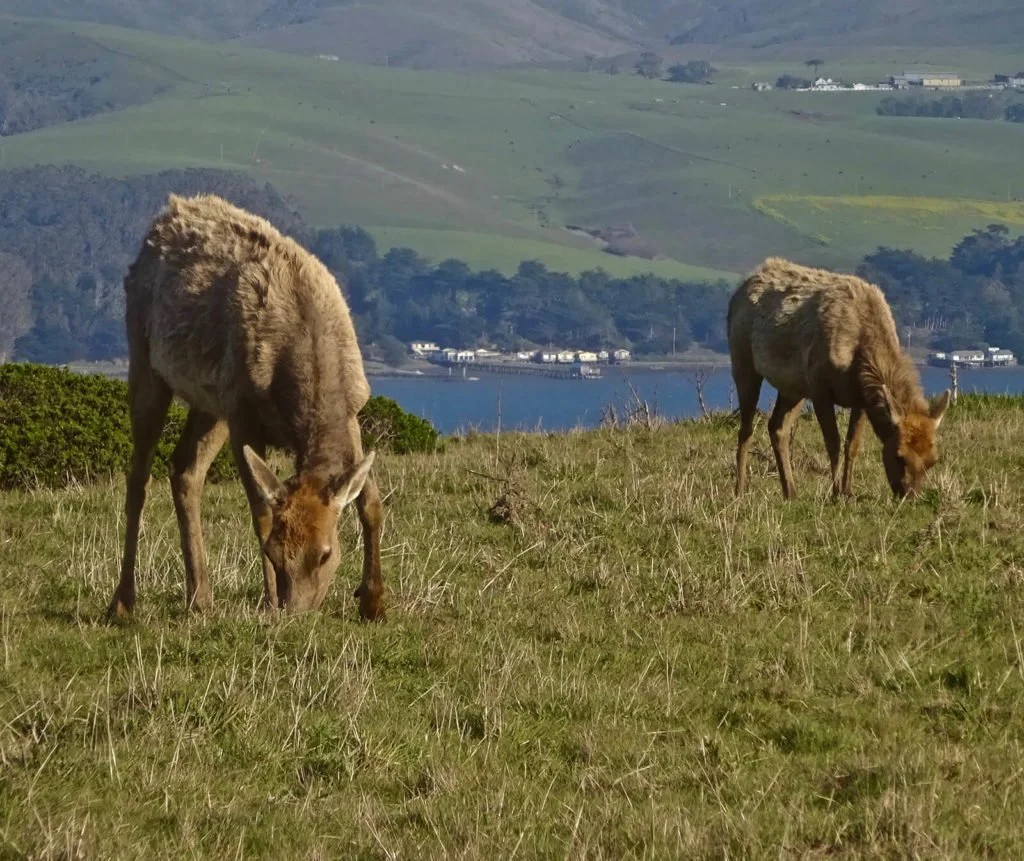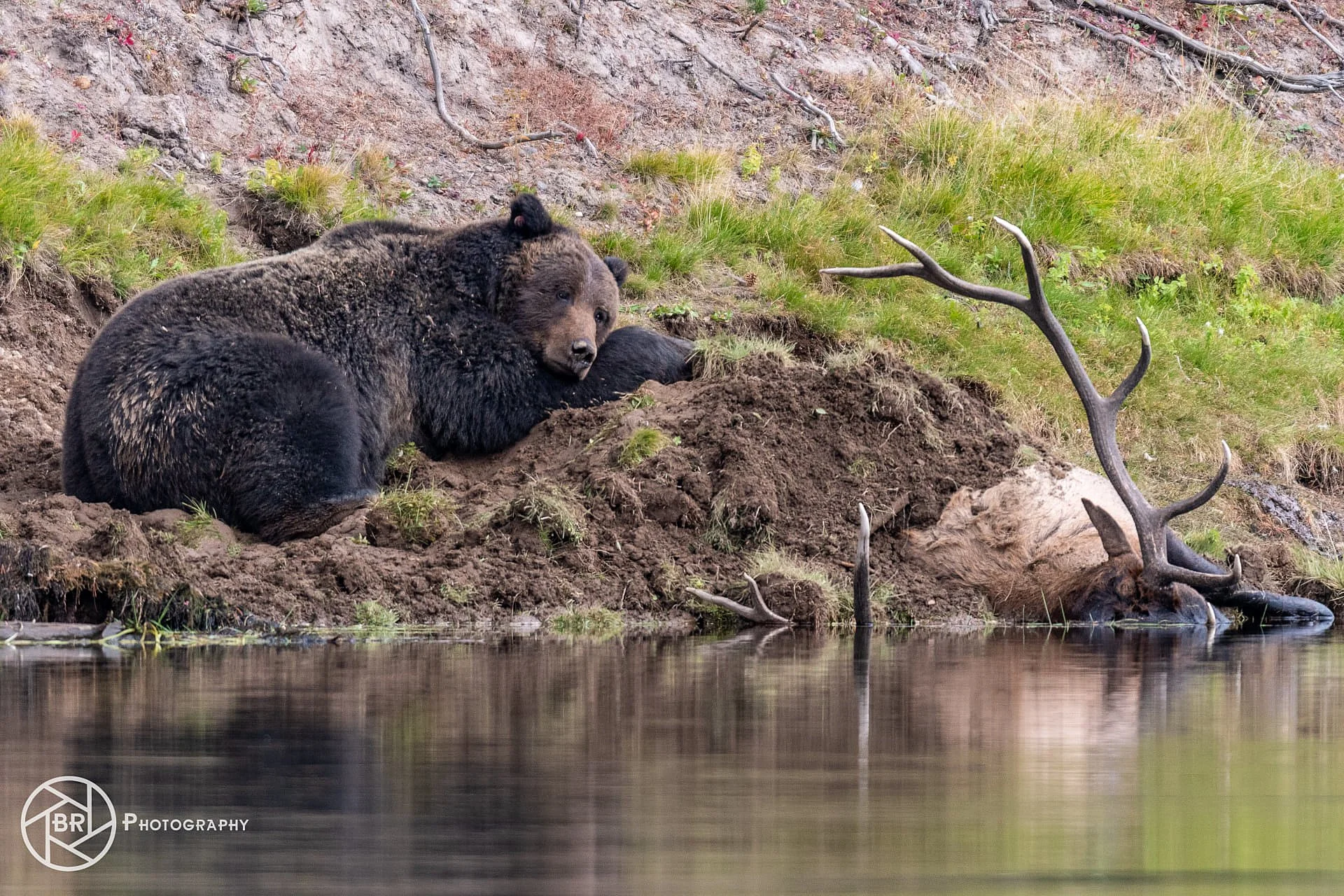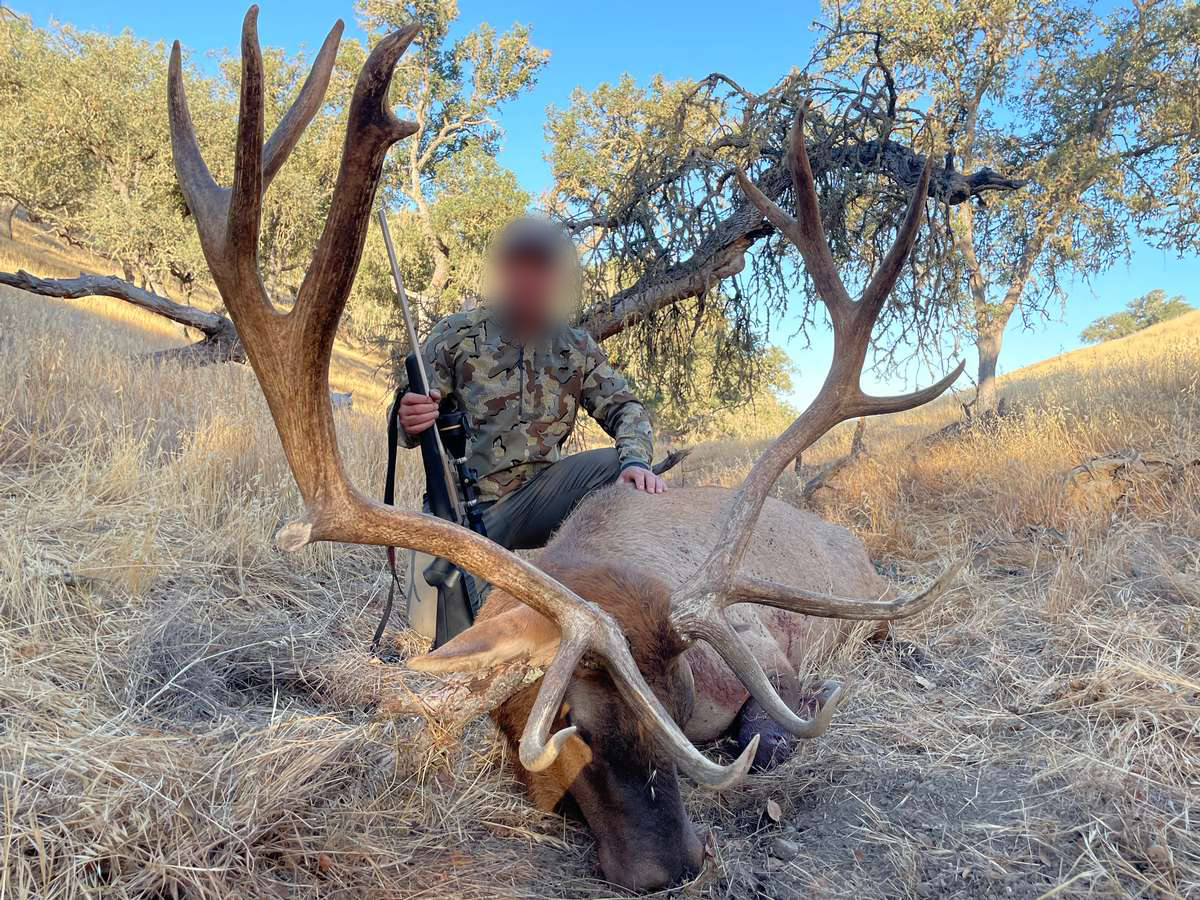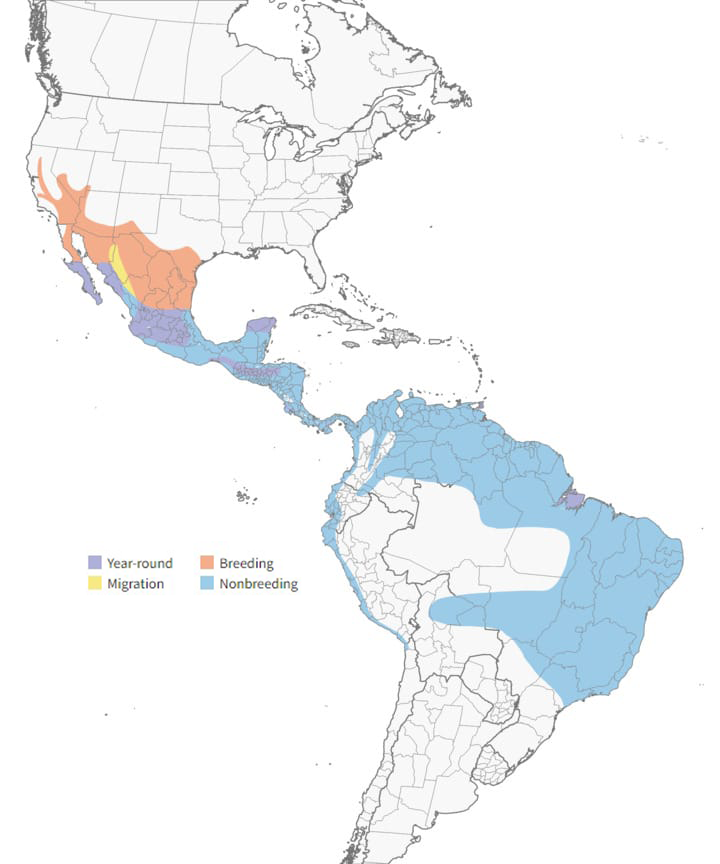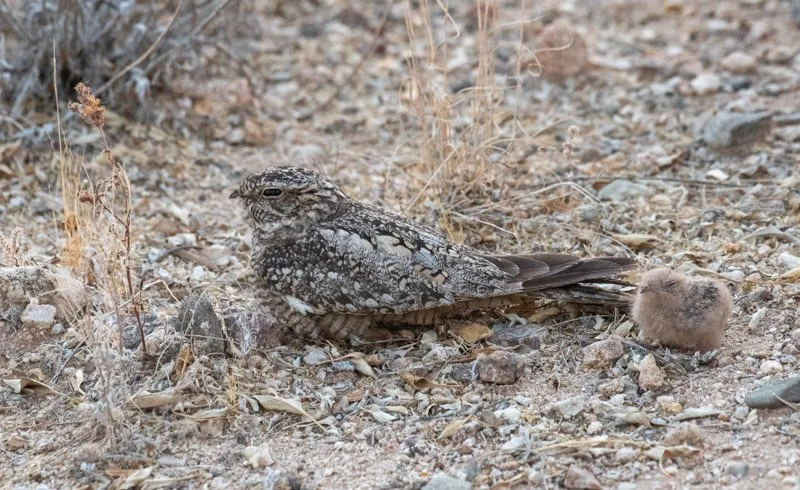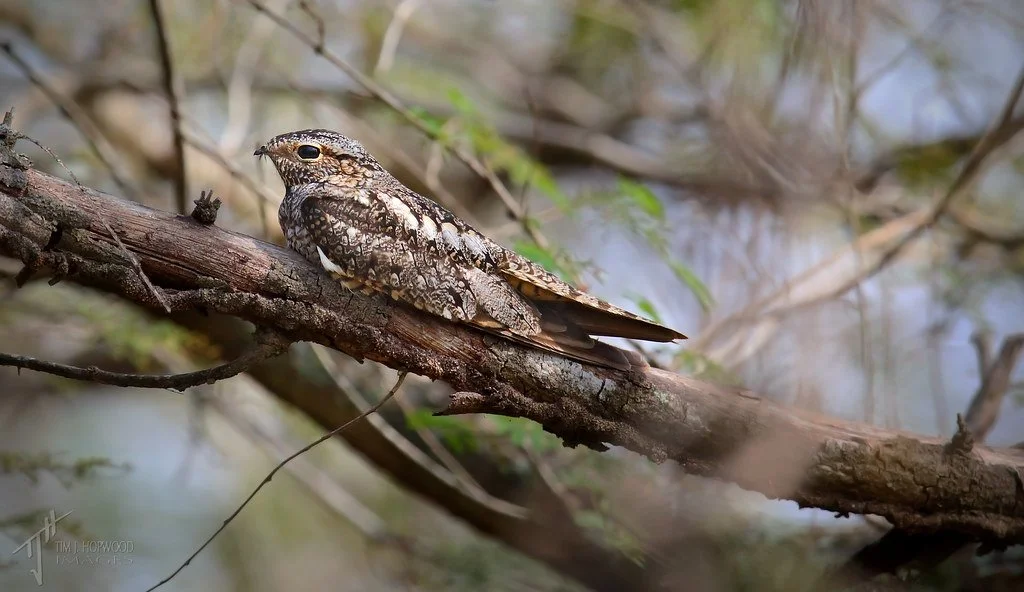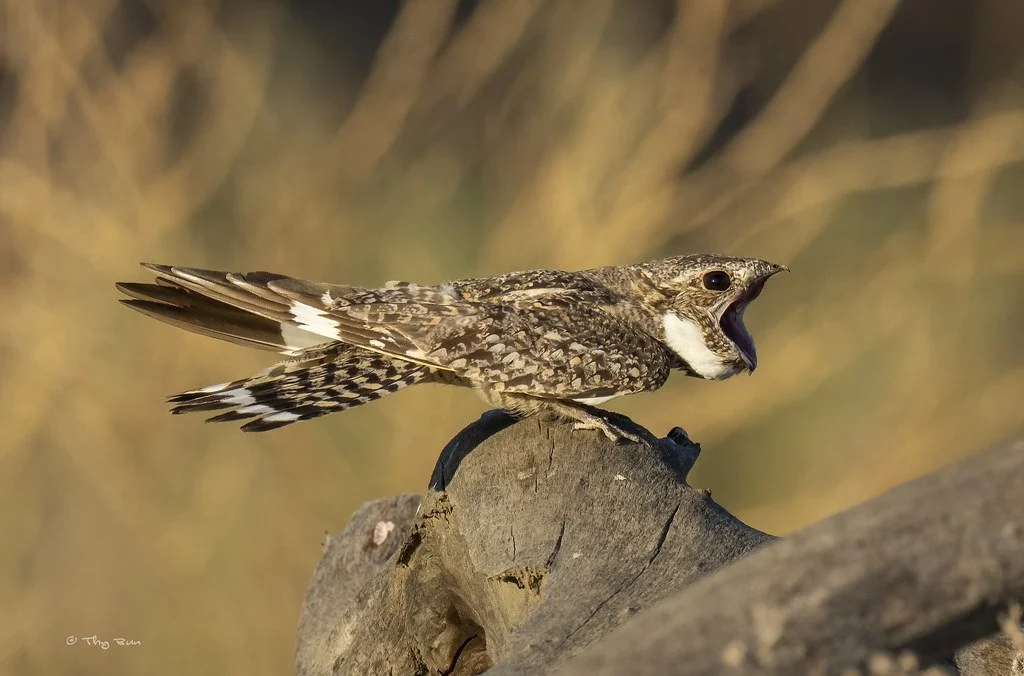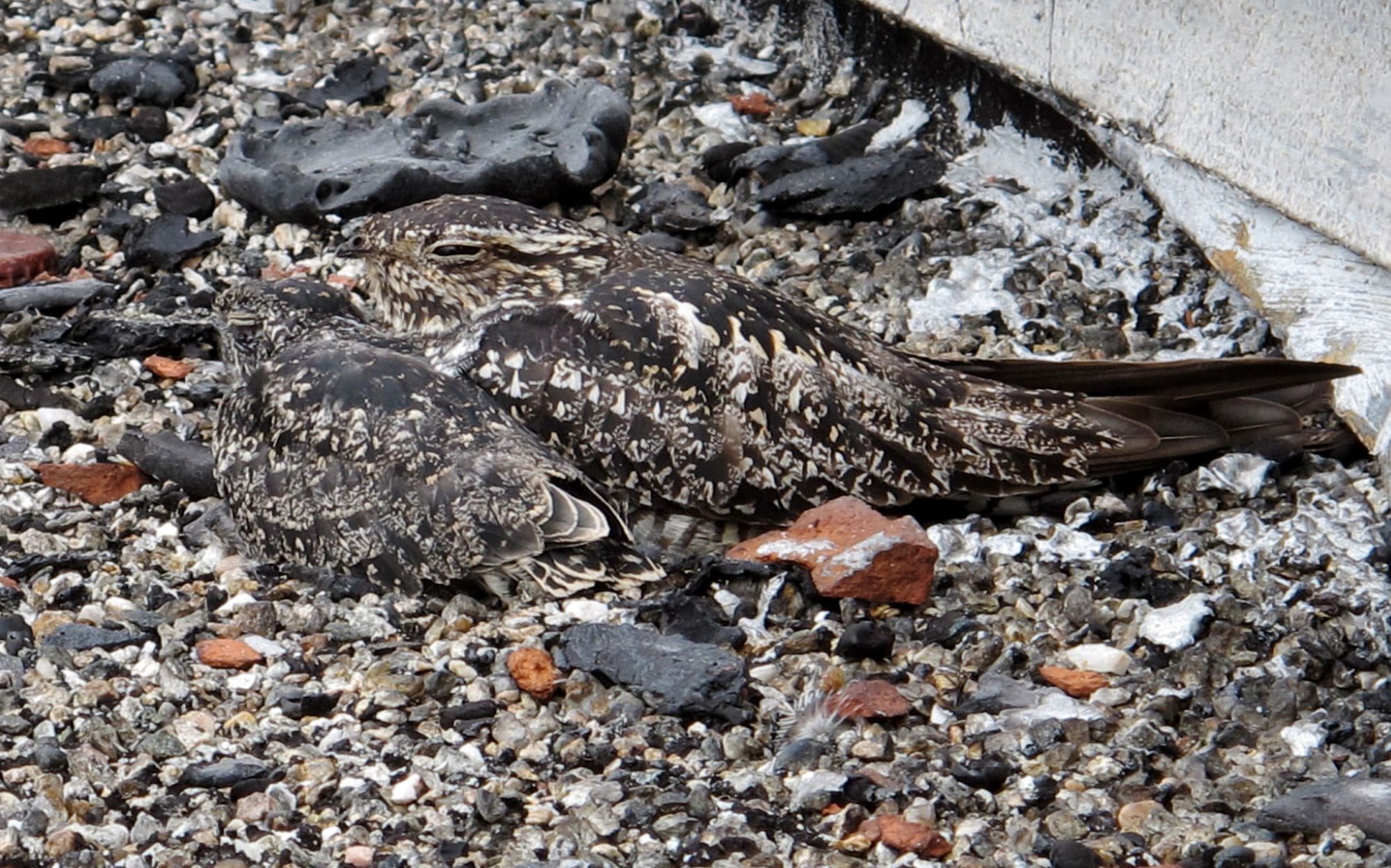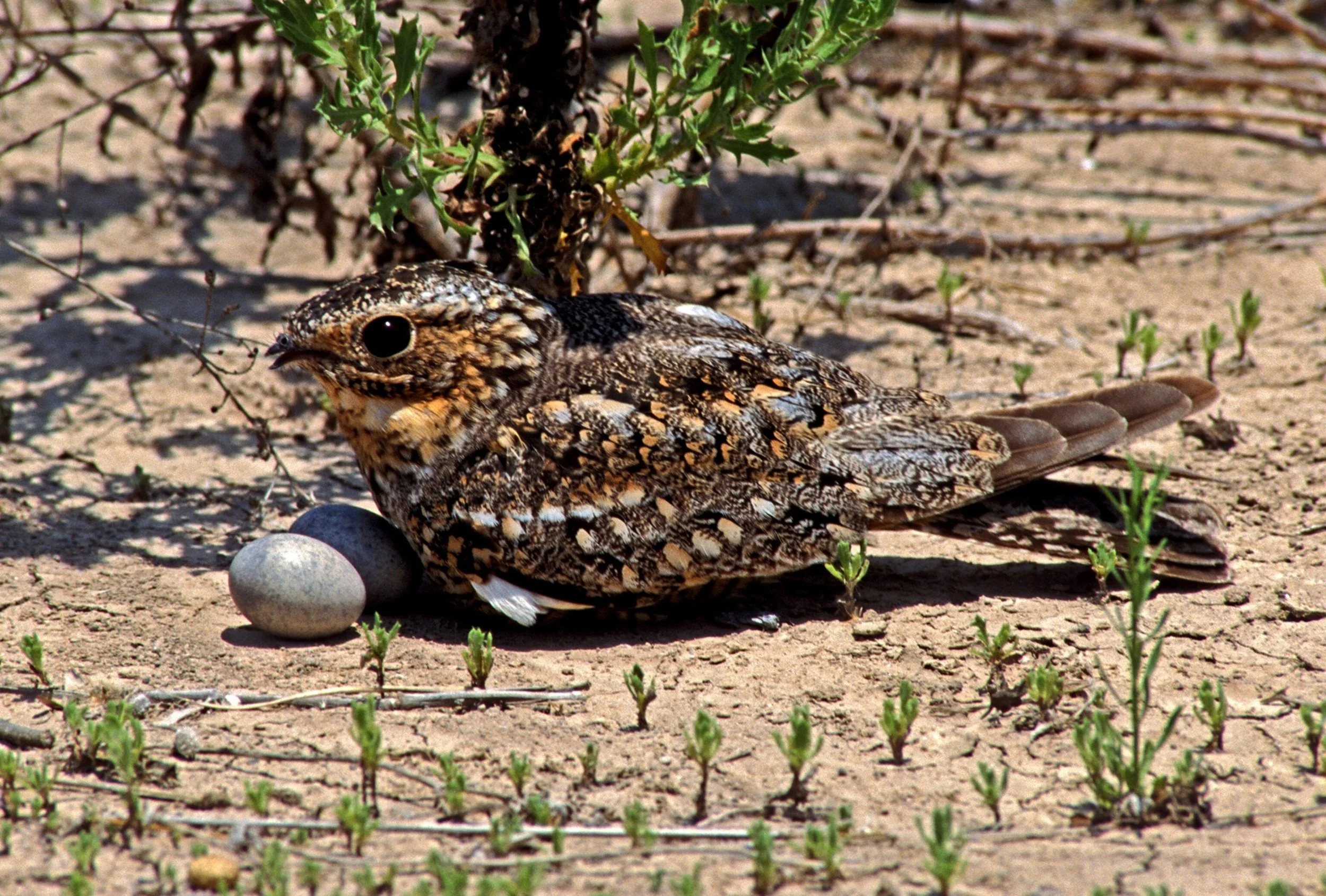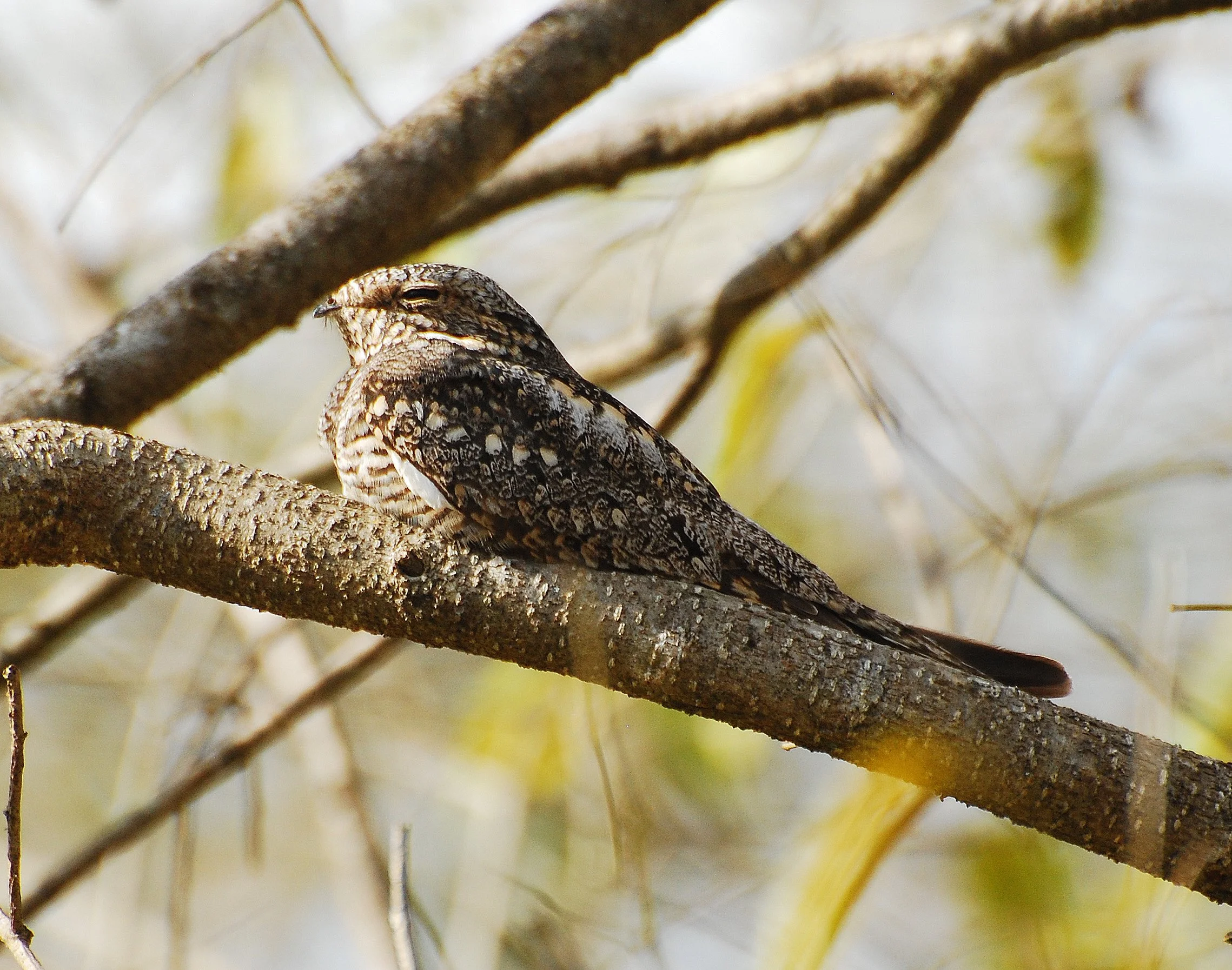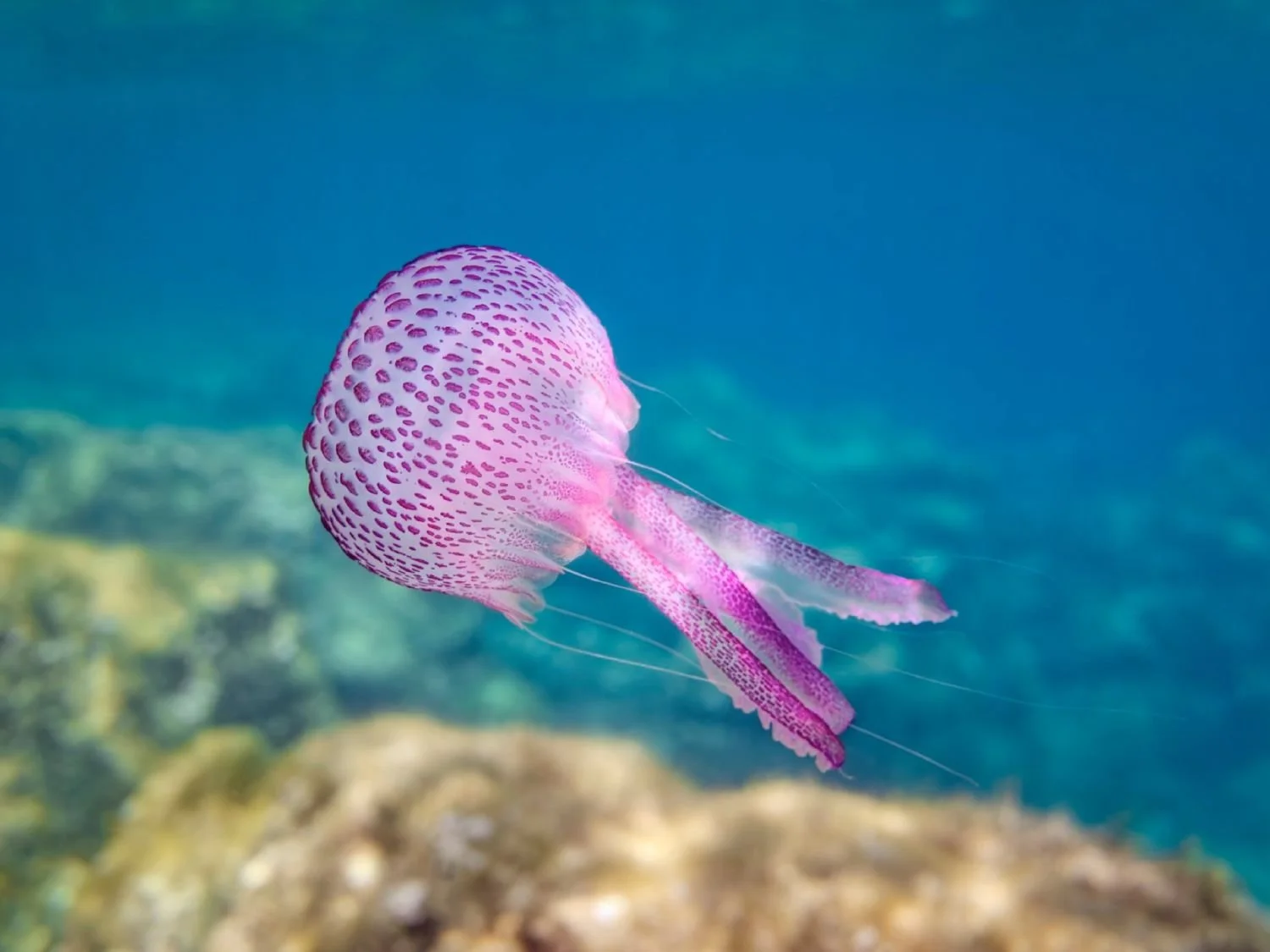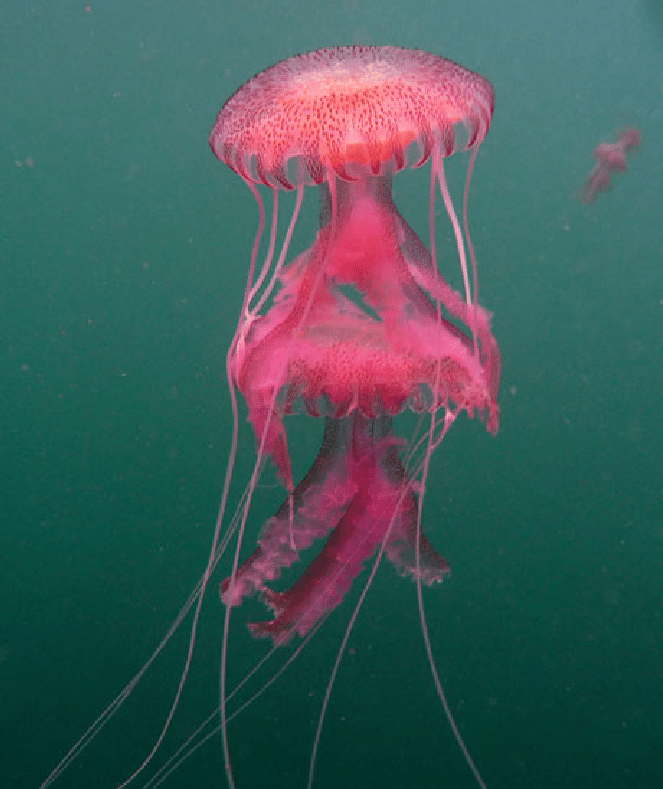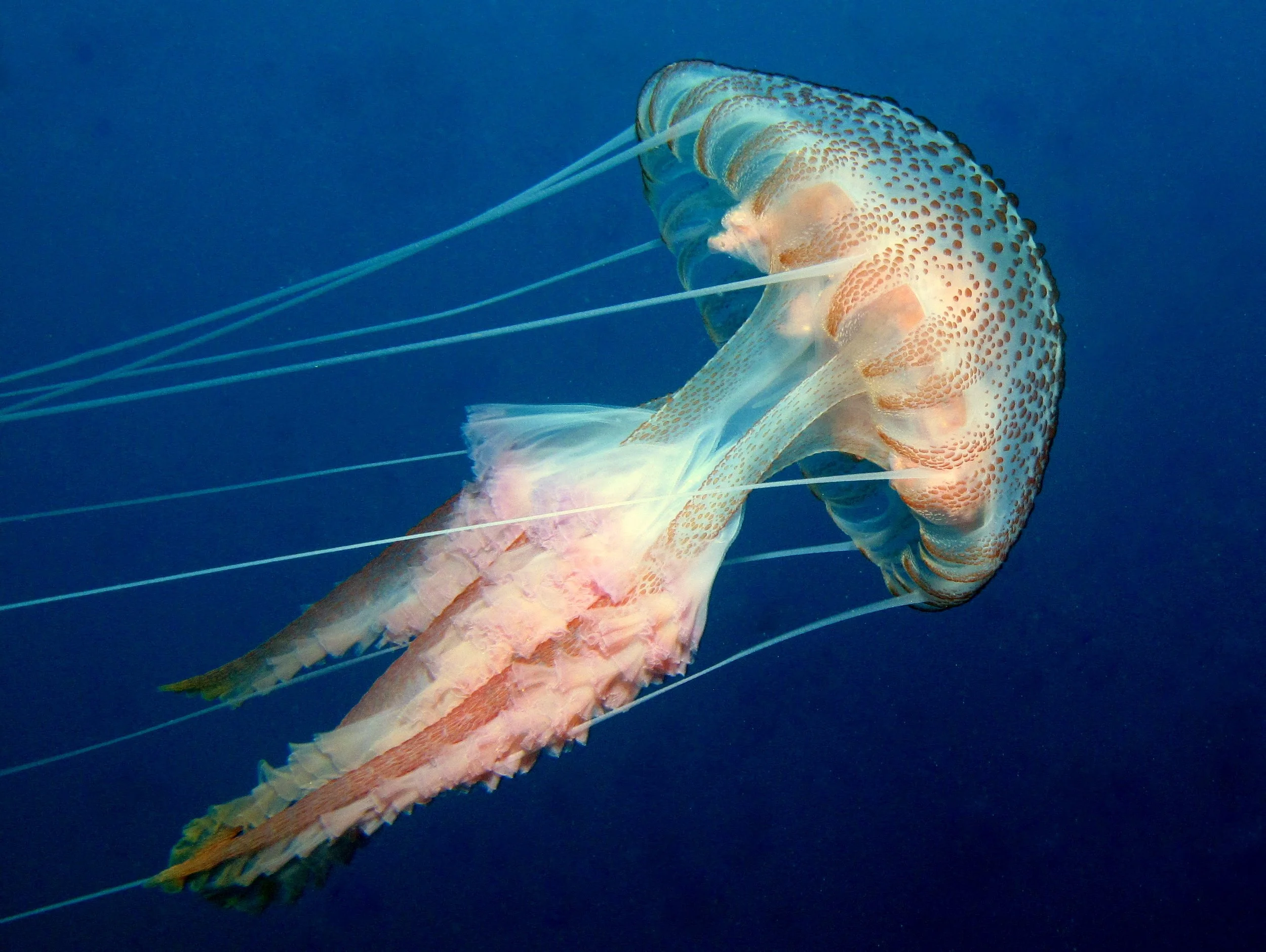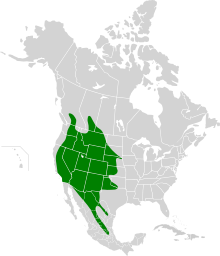
A5 Precedent: Wildlife Study
Callipepla californica
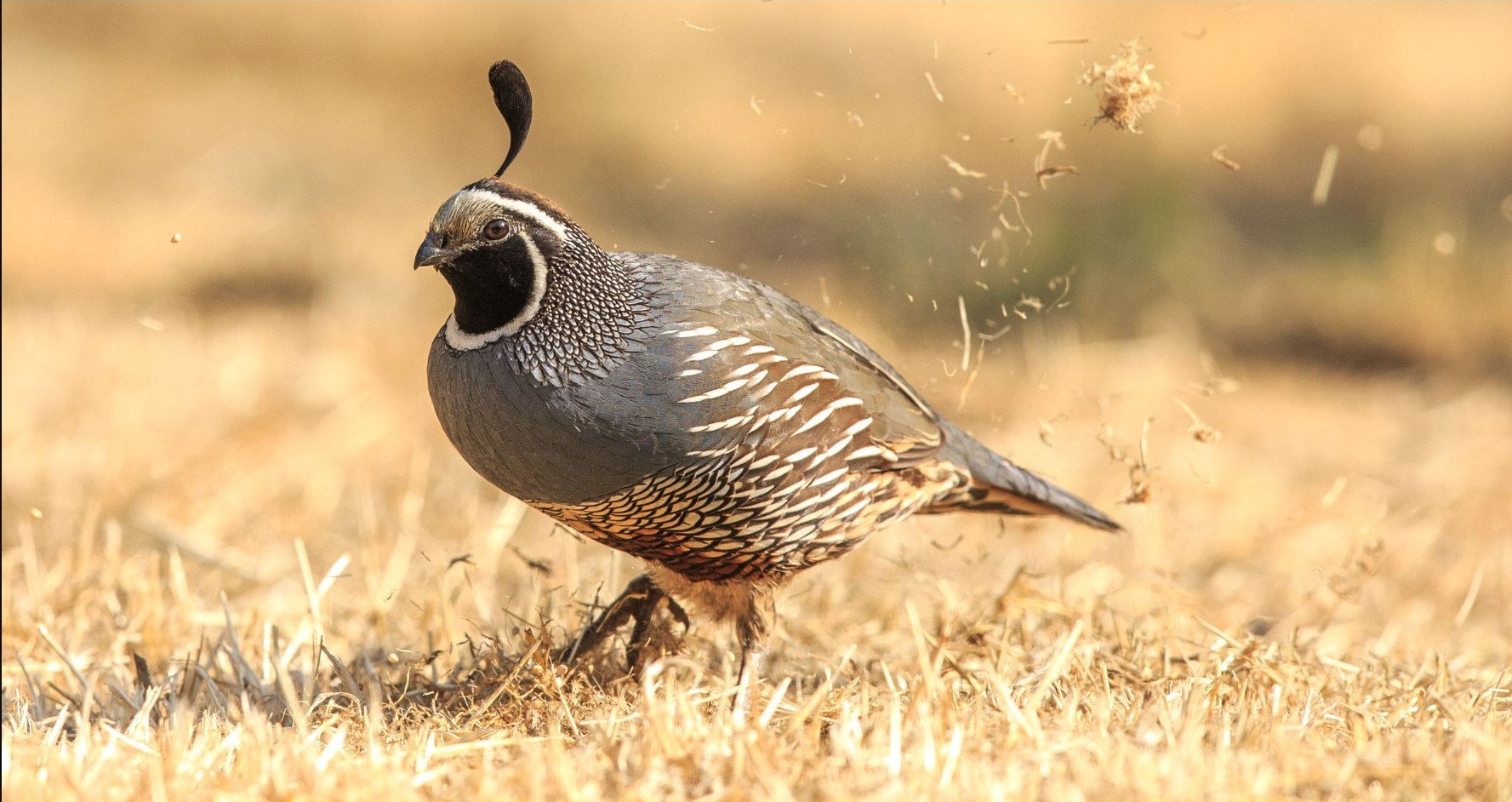
California Quail
-
![]()
Travel Range
Year round the California Quail can be found along the west coast of the United States including the peninsula that makes up the Gulf of California. They utilize this range year round
-
![]()
Lifecycle
California Quail make their nests on the ground, utilizing plant matter while hiding among grasses or at the bases of trees and shrubs. These nests are very small, ranging from 5-7 inches wide and 1-2 inches deep. Female quail will typically lay a clutch of up to 28 eggs and incubate them for a period of 22-23 days. Such a large clutch size means that sometimes the females resort to lay their eggs in other birds' nests. They mate between May and July, laying eggs in the first month or so. Their lifespan can last up to 6 years.
-
![]()
Activity
California Quail are characteristic birds of coastal sagebrush, chaparral, foothills, and high desert of California and the northwestern United States. They can be seen scratching at the ground and leaf litter for seeds and other food, only occasionally moving to forage in trees. Even so they prefer to forage in open areas but stay close to cover. When grounded they can move surprisingly quickly despite their short legs. If pressed by a predator they will burst into flight with a rapid flurry of wingbeats.
-
![]()
Diet
Primarily a ground forager, its diet consists of seeds, leaves, flowers, catkins, grain, manzanita and poison oak berries, acorns, and invertebrates such as caterpillars, beetles, mites, millipedes, and snails. While they are fairly omnivorous the split is roughly 70:30 vegetarian to carnivorous.
-
![]()
Ecological Hierarchy
California Quail are prey animals for bobcats, coyotes, snakes, skunks and birds of prey such as owls.
-
![]()
Habitat Needs
Habitats that attract the California Quail are forests, shrublands, grasslands, & deserts. In rural areas they can be seen in backyards and in some cities they can be seen in more vegetative parks.
-
![]()
Urban Adaptation/Human Relationship
Humans hunt the California Quail for both food and sport, sometimes people keep them as pets. They’ve reportedly been seen eating acorns that have been cracked open by cars or foot travel.
Octopus rubescens
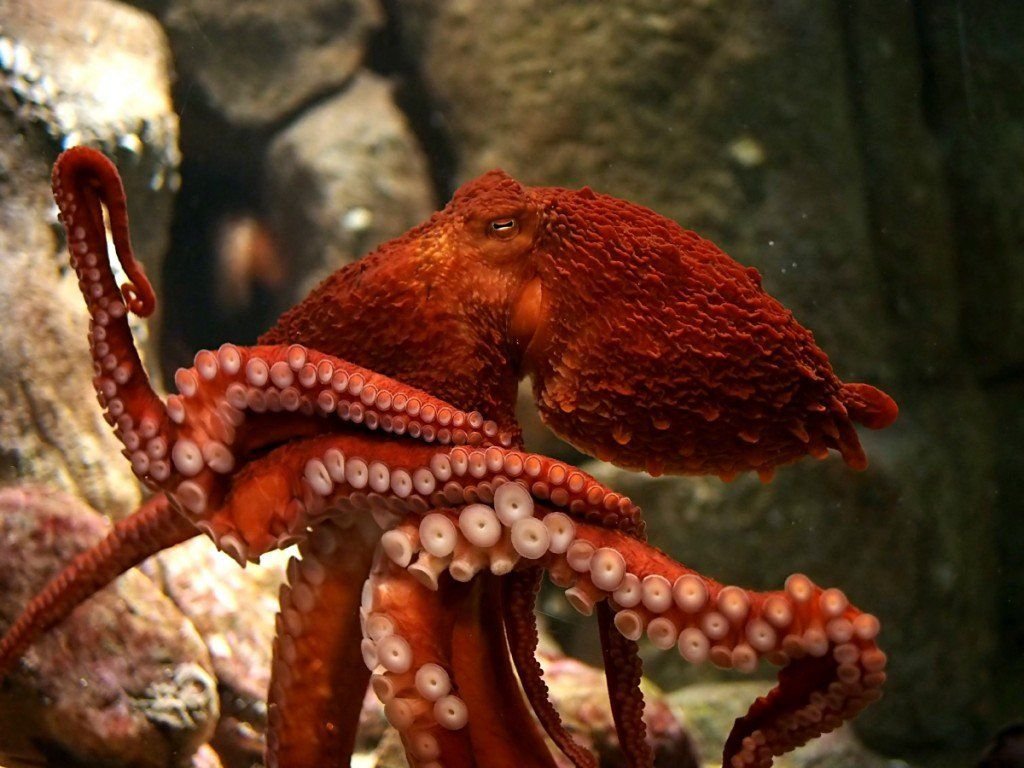
East Pacific Red Octopus
-
![]()
Travel Range
This species lives primarily in kelp forests in sandy and rocky waters down to a depth of 650 feet; the Neritic zone. This is characterized by a stable, well illuminated environment rich with life from plankton to large fish and corals. Their range extends along the west coast of North America from as far north as Alaska to as far south as Baja and the Gulf of California.
-
![]()
Lifecycle
Males and females will only interact in late August and early September, 8 weeks following mating the female will deposit her eggs in the early winter months. They search for secluded rocky areas to hide their eggs from predators. The female will be on the brink of death by the time her eggs come to hatch, sometimes passing away and sometimes surviving to put forth another clutch.
-
![]()
Activity
The East Pacific Red Octopus is very intelligent and has been tested in a variety of areas. Researchers found that they are able to problem-solve and that they have excellent memories – both in regards to the short and long term.
-
![]()
Diet
This species isn’t as picky as similar species are, their diet can include crabs (hermit and shelled), clams, scallops, and they never miss a chance to catch small fish when the opportunity arises. Rather than eating their food where they hunt they will bring it back to their homes where they can take their time with it. If however the meal isn’t large enough they will consume it on the spot and go hunting right away.
-
![]()
Ecological Hierarchy
Predatory fish such as bass and rockfish as well as California sea lions and the common seal make meals out of the small species regularly.
-
![]()
Habitat Needs
This cephalopod is known to frequent warm shallow seas along the west coasts of north and South America but are not generally found in Central America. They are drawn to rocky landscapes with lush kelp forests to use as hunting grounds.
-
![]()
Urban Adaptation/Human Relationship
As human industry has impacted the climate this includes the oceans, with the acidification of the oceans, trawl fishing, and over fishing as well as oceanic tourism the octopus is being pushed farther to the brink.
Cervus canadensis nannodes
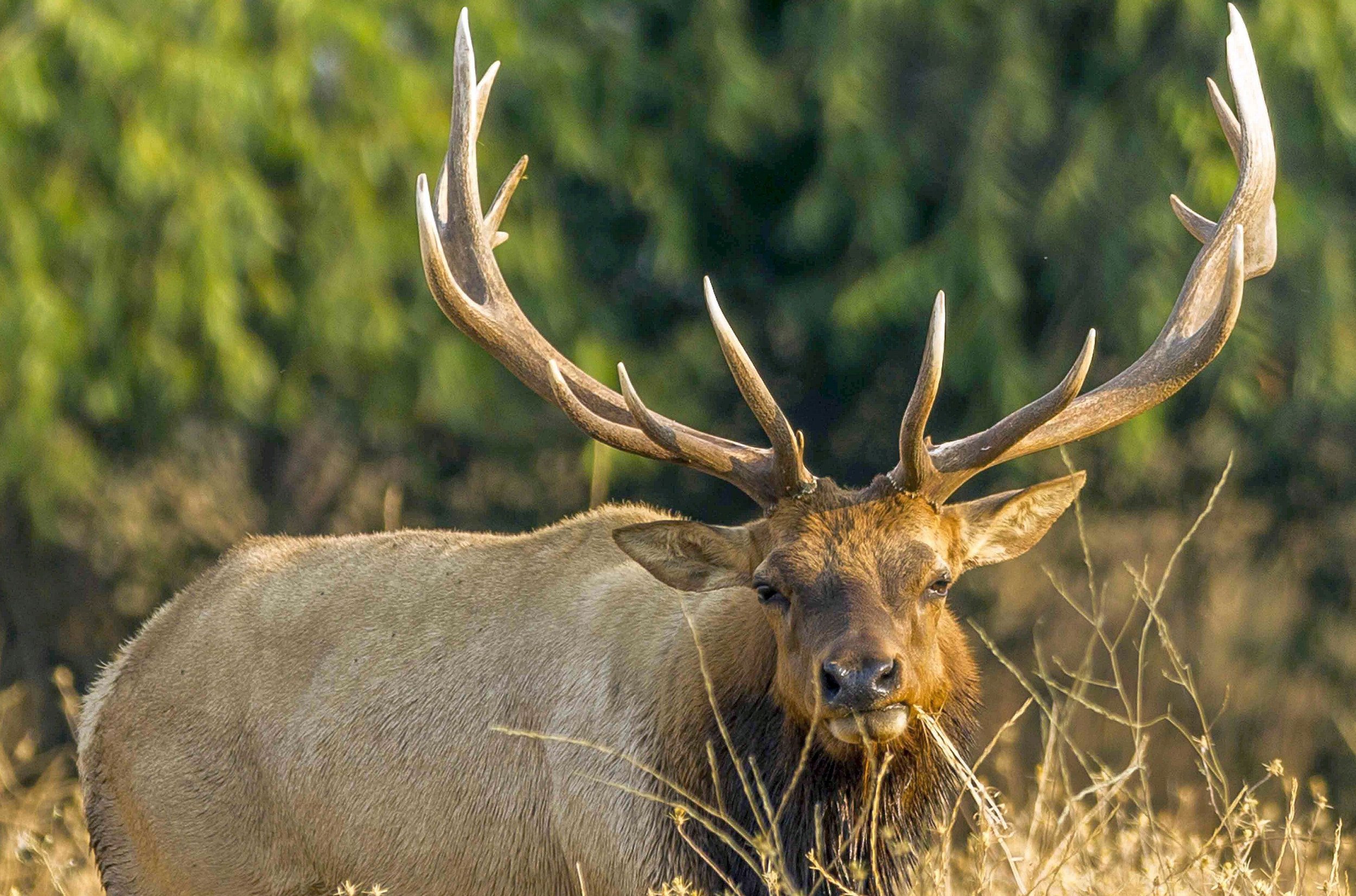
Tule Elk
-
![]()
Travel Range
Tule elk are endemic to California and the most specialized elk in North America, given that they live in open country under semi-desert conditions, whereas the species as a whole typically occupies temperate climates and utilizes heavy cover at least seasonally (McCullough, 1969). In its historic range, the tule elk once occupied much of the central state.
-
![]()
Lifecycle
The breeding season or rut for tule elk occurs from August through October. During this time bull elk will bugle or call to attract a mate. The gestation period lasts ~255 days with the calves being born between May and June. Calving usually takes place away from the herd in tall grass and more bushy areas. Cows are sexually mature around the age of two and the calves will remain with their mothers to become a part of the herd. The dominant bull in the area will call the cows, often gathering a harem of up to 30 to best ensure genes are passed to the next generation.
-
![]()
Activity
Tule elk move throughout their range seasonally, though this isn’t a migration pattern, simply responding to changes in weather and moving to ungrazed spaces.
-
![]()
Diet
Their diet consists primarily of grass, a study in 2007 at the Tomales Point Elk Reserve found that the elk helped to prevent encroachment of shrub-ecosystems on the grasslands. Furthermore, the Elk grazing proved to increase the richness of the local flora while reducing the invasive grass Holcus lanatus.
-
![]()
Ecological Hierarchy
Partially as a result of the preferred habitat of the Tule Elk, there are few predators threatening this species. Before they were eliminated from California, Grizzly Bears used to prey on Tule Elk, but now their main attackers are mountain lions, with an occasional attack on a calf by coyotes.
-
![]()
Habitat Needs
Tule Elk need gently sloped hills, an ideal example is the Los Padres National Forest. Hills like these provide foliage for calves to hide in as well as foraging matter.
-
![]()
Urban Adaptation/Human Relationship
The conservation of Tule Elk herds is a priority that has been written into the conservation plans for the Carrizo Plains National Monument, and the Bitter Creek National Wildlife Refuge. The population that remains are plagued with hunting and a rapidly shrinking habitat as a result of human impact on the environment, including developing of land, interactions with farm cattle, hunting/poaching, and loss of habitat due to changing climate.
Chordeiles acutipennis

Lesser Nighthawk
-
![]()
Travel Range
Resident to medium-distance migrant. Populations in the United States move south to Mexico and Central America for the winter, but other populations farther south are year-round residents, typically only moving up north to breed. In recent years more have been seen north as with the rising temperatures resulting from climate change the nightjar can roost year round farther north.
-
![]()
Lifecycle
The Lesser Nighthawk lay their eggs on the ground, tending to do so on the north side of small bushes or overhanging trees, occasionally nesting on rooftops. That being said, they do not build nests but rather lay their eggs directly on the ground. Each clutch includes one to two eggs and there are up to two broods a season. The eggs are incubated for just under twenty days and hatchlings are raised for another twenty or so days.
-
![]()
Activity
Similar to other nightjars, the lesser nighthawk forages near dusk and through the night, flying low to pick off insects with its large jaw. They patrol the air in both groups and as individuals. They can switch between short sharp turns and gliding in v formation easily on their long wings. When in trees they try to get as close to the branch or trunk as possible to maintain the camouflage patterning in their feathers, helping them remain hidden predator and prey alike. Not only does their large beak come in handy for catching insects but it can also be used to help cool themselves in the heat of the day.
-
![]()
Diet
Flying with their beaks open they consume near anything they can get inside including flies, mosquitoes, moths, june bugs, leafhoppers, and other insects. When the opportunity arises they will even jump from the ground if an insect strays too close.
-
![]()
Ecological Hierarchy
The lesser nighthawk is prey to corvids, owls, snakes, coyotes, American kestrels, as well as domestic cats and dogs.
-
![]()
Habitat Needs
They frequent deserts, regions with scrubby vegetation and a dry climate, often seeking out agricultural fields. They can generally be found at lower elevations but have been sighted at the Chisos mountains in Texas at 4000 ft. but generally they favor flat topography and natural landscape over disturbed open land covered with weeds.
-
![]()
Urban Adaptation/Human Relationship
While pets have been seen as predators for the lesser nighthawk the impact of humans in climate change have caused an increase in their range as well as a 15% increase in population, however it is only a matter of time before the vast fields they utilize in nesting and hunting are developed and that trend quickly reversed. The lesser nighthawk is naturally shy of humans and as such has remained out of harms way thanks to the wide birth it gives our developments.
pelagia noctiluca
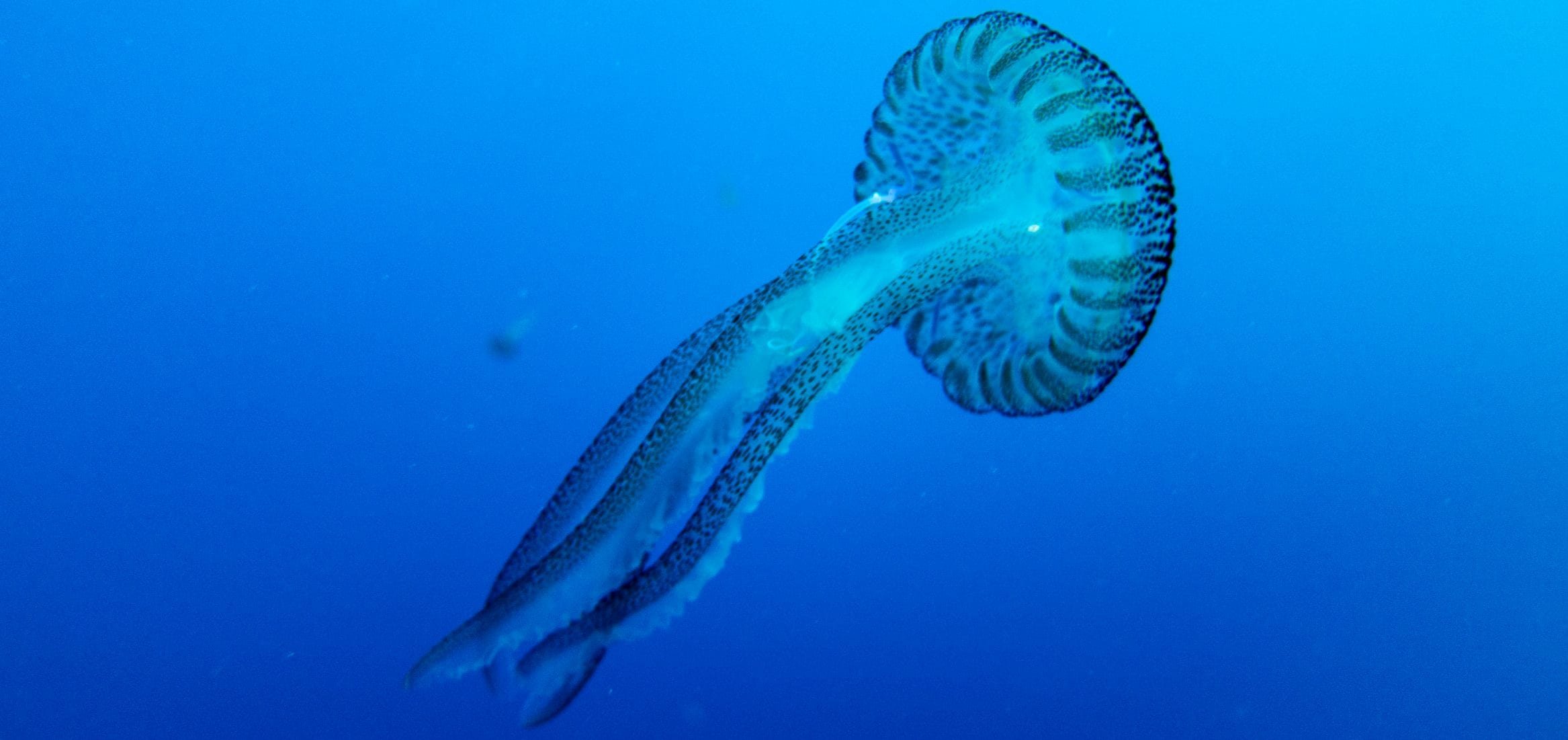
Purple-striped Jellyfish
-
![]()
Travel Range
They can be found in the Pacific ocean, primarily off the coast of California.
-
![]()
Lifecycle
The purple striped jellyfish has a two-phase reproductive cycle, sexual and asexual. During the sexual stage the male medusa release mucus strands of sperm from it’s oral arms to be picked up by the female’s tentacles, the female transfers the sperm to her gastrovascular cavity to fertilize her eggs. The fertilized eggs move outward to the innermost edges of the females arms where they are brooded and develop into ciliated larvae. The larva eventually break off and become planulae, beating their cilia to swim in search of a hard shaded place to affix themselves as planocysts. From there they move into the asexual stage, the planocysts grow into polyps (scyphistomes), gaining tentacles through which they filter feed. Depending on environmental conditions (water temperature, salinity, and nutrients), one of two asexual processes takes place. If conditions are unfavorable, a scyphistoma buds off tissue fragments that form a genetically identical clone of itself. This goes on until conditions are ideal for asexual reproduction (strobilation) to occur. In strobilation, structures called strobilia are formed on a stalk, one on top of the other like a stack of dinner plates with the most mature on top. The strobilia bud off as individual eyphyra that are 3 mm (0.125 inches) in diameter and look like flattened flower petals. During the final three months the eyphrae develop the characteristics of a medusa and are ready to continue on to the next generation. It is speculated that the jellies only live for a year or so.
-
![]()
Activity
The purple-striped jelly primarily inhabits open ocean water, speculated to overlay the continental shelf. Drifting on currents in the hopes of finding food to ensnare.
-
![]()
Diet
The Purple-Jelly is an opportunistic predator. Its diet includes copepods, larval fishes, plankton, fish eggs, pelagic tunicates, comb jellies, and even other medusa jellies.
-
![]()
Ecological Hierarchy
The jelly has a symbiotic relationship with juvenile slender crabs (Cancer gracilis) that travel with the jelly host in open waters among its tentacles until the crabs are ready to become bottom dwellers. How the crabs protect themselves from the nematocysts’ stings is not known. It may be that the shell offers protection. Sea turtles and other jelly-eating animals such as tuna, sunfish, butterfish and spiny dogfish keep the jelly populations in balance. All seven species of sea turtles include them in their diets.
-
![]()
Habitat Needs
Little is known about their habitat needs beyond the open ocean they’ve been found in.
-
![]()
Urban Adaptation/Human Relationship
Due to the decline in sea turtle populations all jelly populations have begun to climb with their primary predator beginning to dwindle.
Myotis ciliolabrum
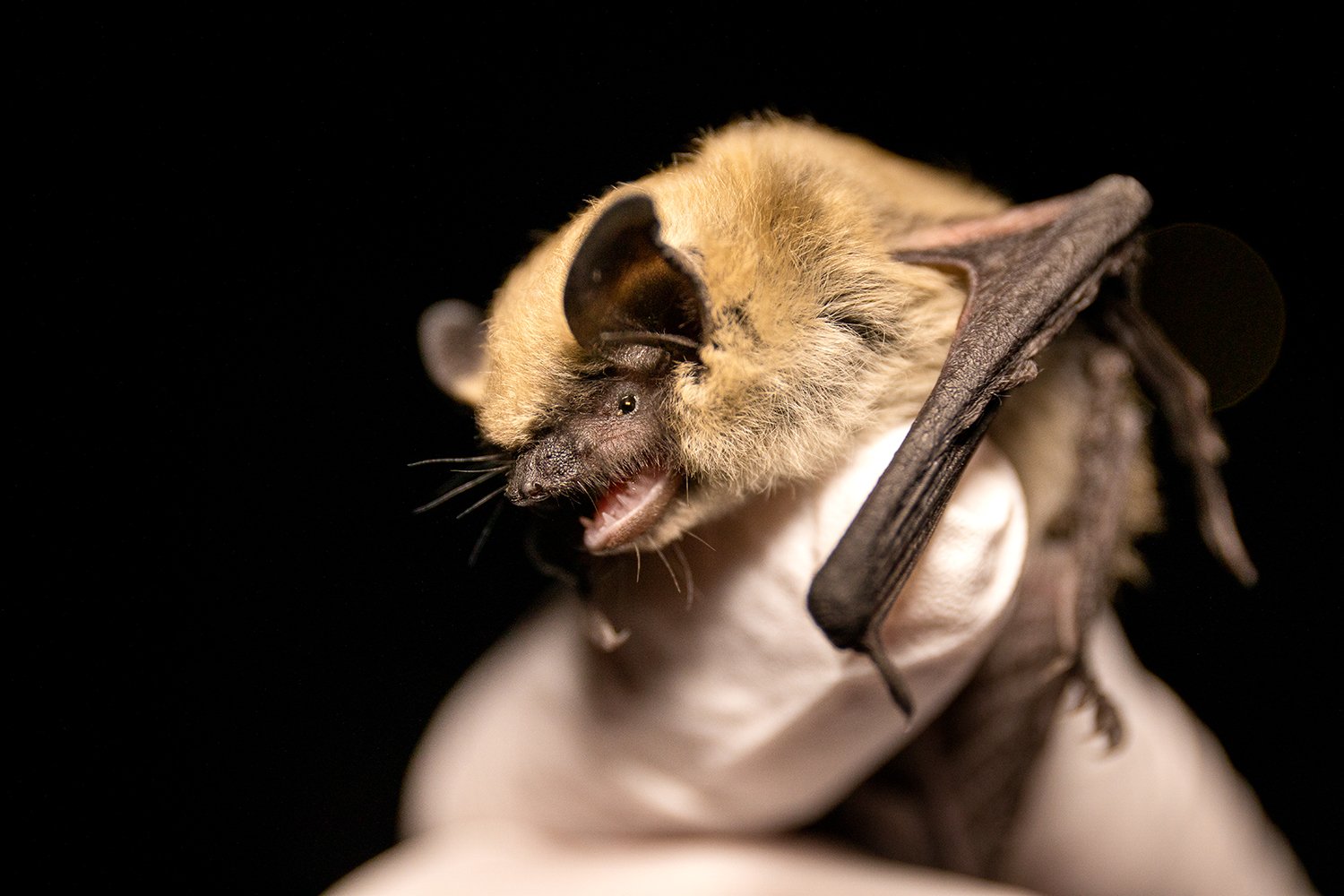
Western Small-Footed Bat
-
![]()
Travel Range
-
Lifecycle
-
Activity
-
Diet
-
Ecological Hierarchy
-
Habitat Needs
-
Urban Adaptation/Human Relationship
